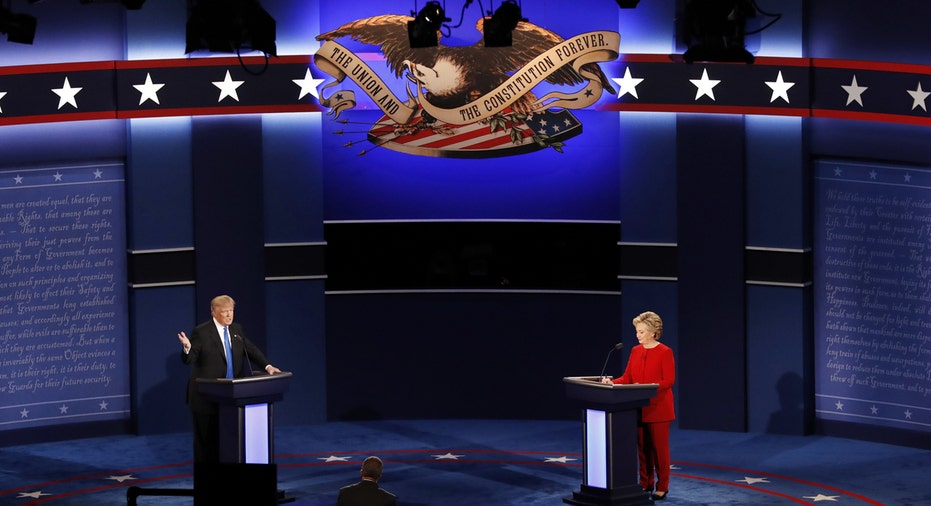A Clinton or Trump Presidency May Be a Boon for Building ETFs

Democratic presidential nominee Hillary Clinton and Republican presidential nominee Donald Trump may diverge on many hot topics, but the two both agree on ramping up fiscal spending to restore the country's aging infrastructure. No matter who comes out ahead on election day, investors may be win with infrastructure-related exchange traded funds.
Hillary Clinton believes the U.S. is underinvested in our future and wants to fund projects like roads and water ways. Meanwhile, Donald Trump has stated that our country’s infrastructure is terrible and airports are a disgrace, promising to start one of the greatest long-term building projects in American history.
Clinton has outlined a plan that would raise federal spending on public projects by $275 billion over a five-year period and construct a national infrastructure bank that would run an expanded Build America Bonds program.
On the other hand, according to Trump’s book, “Crippled America: How to Make America Great Again,” the Republican runner has called for a “trillion-dollar rebuilding program” that will be “one of the biggest projects this country has ever undertaken.”
The country's infrastructure will need billions if not trillions of dollars for a full facelift. The American Society of Civil Engineers calculated that the U.S. will fall $1.44 trillion short of the $3.32 trillion required to invest in infrastructure through 2025.
The infrastructure in the U.S. is not the only area that requires attention. Many developed economies have also neglected spending on this area while developing countries still require new investments to expand existing networks to fully optimize their economies.
With global central bank monetary policies reaching their limits in an attempt to stimulate growth, it may be up to international governments to step in and spend on large infrastructure projects as a means to promote productivity and bolster economic growth.
"After years of extraordinary central bank efforts, monetary policy appears to be reaching its limit in terms of effectiveness," BlackRock strategists, led by Heidi Richardson, said in a research note. "Governments are now exploring using fiscal policy as an additional measure to stimulate growth. Investing in infrastructure may be the necessary catalyst to increase productivity and help foster job creation. In the near term, equity sectors like industrials and materials may stand to benefit from increased infrastructure spending."
Investors can potentially capitalize on the growth potential of the infrastructure sector through global sector-specific ETF options that track the transportation, utilities and energy sub-sectors. For instance, the iShares Global Infrastructure ETF (NYSE:IGF) is the largest option available, with $1.08 billion in net assets under management. IGF includes a hefty 38.1% tilt toward the U.S. market, along with other foreign countries like Spain 9.2%, Canada 9.1%, Australia 8.7% and Italy 6.2%.
The second largest option, the SPDR FTSE/Macquarie Global Infrastructure (NYSE:GII), has $85.3 million in assets under management. Both GII and IGF track the S&P Global Infrastructure Index, so GII's component holdings and country weights are similar to IGF's. However, GII has a slightly cheaper 0.40% expense ratio, compared to IGF's 0.47% expense ratio.
The Guggenheim High Income Infrastructure ETF (NYSE:GHII), which is composed of the 50 highest-dividend-paying global infrastructure companies, has been the best performing infrastructure-related ETF of 2016, rising 29.1% year-to-date, compared to IGF's 16.5% gain and GII's 16.0% return. GHII also includes a larger U.S. tilt at 52.1% of its portfolio and big 21.2% position in Canadian companies.
Moreover, the infrastructure sector ETFs offer attractive yields for those seeking a little extra income. GHII has a 4.42% 12-month yield, IGF has a 3.06% 12-month yield and GII has a 3.21% 12-month yield.
This article was provided by our partners at etftrends.com.



















